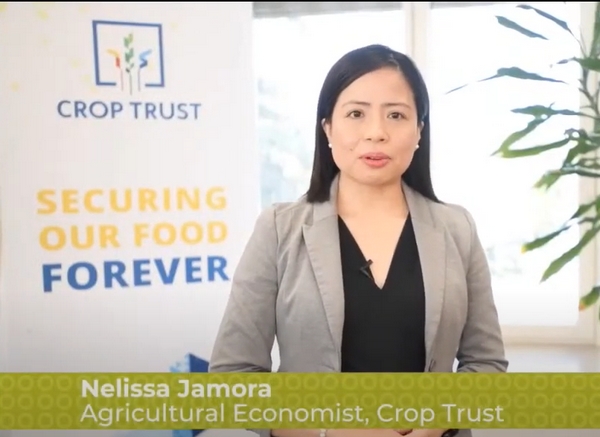As agriculture faces mounting pressure from climate change, land scarcity, and pest threats, a new student-led innovation from Indonesia’s Universitas Padjadjaran (Unpad) offers a glimpse into the future of smart rice farming. Dubbed SmartRUF-D (Smart Rice Urban Farming Device), this Internet of Things (IoT)-enabled system integrates three critical functions into one unit: a growth stimulator, a pest repeller, and a hydroponic monitoring tool. Designed for hydroponic rice farming in urban settings, the SmartRUF-D uses audiosonic waves (5–10 kHz) to boost plant growth and ultrasonic waves (40 kHz) to deter pests—especially the damaging brown planthopper (Nilaparvata lugens).
Developed as part of the Indonesian Student Creativity Program (PKM-KI), SmartRUF-D underwent rigorous trials. In comparative tests, rice grown using SmartRUF-D showed 50% more tillers and denser root systems than control plants. The technology also prevented pest-induced yellowing seen in untreated crops. According to team leader Bergas Frenli Nur Vendi, these improvements are attributed to sonic resonance effects on leaf cells, promoting open stomata and improved sunlight absorption.
The device also proved effective in repelling or disabling brown planthoppers, with insects exhibiting passive behavior and even death upon ultrasonic exposure. This non-chemical pest management approach aligns with global calls for sustainable pest control solutions that reduce dependency on pesticides.
Beyond its agronomic functions, SmartRUF-D is designed for remote operation via Android apps, allowing real-time or scheduled use. It includes camera sensors for crop monitoring and covers a wide 95-meter range, making it scalable for small urban farms or rooftop rice projects.
The hydroponic cultivation of rice—traditionally a water-intensive and land-demanding crop—is still emerging, but gaining interest due to its efficient resource use. Studies from the Journal of Integrative Agriculture (2023) report that hydroponic rice systems can reduce water usage by up to 70% and land area by 50%, while maintaining or increasing yields under controlled conditions.
In September 2024, the team secured a patent application (No. S00202409029), paving the way for commercialization. With urban populations growing rapidly, innovations like SmartRUF-D could help meet future rice demands sustainably. The team envisions future updates to the device to include automatic nutrient dosing systems, enhancing its autonomy and appeal to commercial growers.
SmartRUF-D represents a promising leap in precision agriculture, merging plant physiology, pest ecology, and IoT technology into a single, multifunctional system. By increasing yields, minimizing pest losses, and enabling urban hydroponic rice farming, this innovation could play a critical role in strengthening food security and sustainability in densely populated regions.












